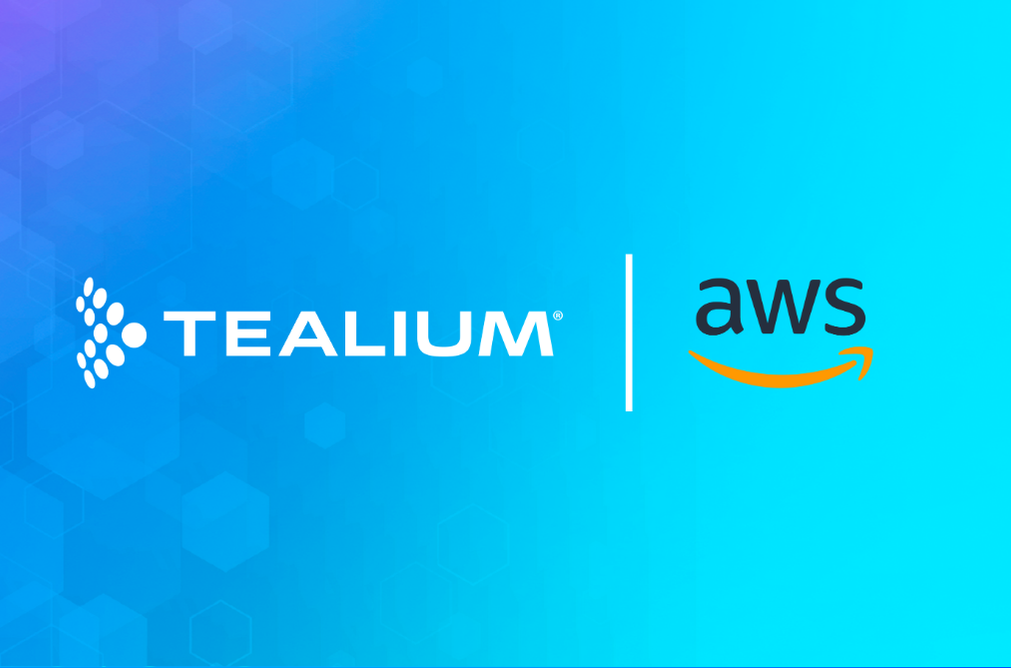Reverse ETL (rETL) is sold as the shortcut to activation nirvana: crack open your warehouse, pipe the data into your downstream tools of choice, and watch real-time personalization manifest. That’s the Madmen vision promised.
But cue the record scratch.
Reverse ETL is constrained by the mechanics of its own warehouse-first design. By making the cloud data warehouse (CDW) the “center of gravity” for data activation, Reverse ETL is structurally misaligned with enterprise requirements for sub-second personalization. Its batch-oriented architecture introduces unavoidable latency, limiting its effectiveness across core uses cases like fraud prevention and cart recovery.
Warehouses are built for information, not immediacy. For truth, not tempo. Reverse ETL tries to force one world into the other, but built-in delays make the promise of real-time anything hard to deliver on. At best, you’ll get “real-time-ish.” And in 2025, “real-time-ish” is a business-killer.
The Reverse ETL Reality Check
In rETL, latency is a feature, not a bug. When you center your activation logic around batch data extraction, you’re making a philosophical, and technical, compromise.
Reverse ETL workflows follow a linear, batch-oriented pipeline.
Data has to:
(a) be collected and ingested in the warehouse → (b) get transformed and enriched → (c) be extracted by a Reverse ETL job (in batches) → (d) be pushed downstream via APIs (e) trigger an action in your business apps
Every step adds latency. It’s physics really.
Add it all up, and you’re looking at minutes or hours between an event happening and that event being usable in another tool or workflow. That’s fine for updating a quarterly report or refreshing a customer profile but fatal for engaging a customer or stopping fraud in real time. A cart abandoned at 9:01 AM doesn’t care if your warehouse syncs at 9:15 AM.
Keenly aware of this limitation, some providers now market “real-time” add-ons meant to narrow the gap. But they don’t alter the underlying fact that the warehouse remains the bottleneck.
The Hidden Cost of “Good Enough” Architecture
Can you put a dollar amount on the cost of lag or latency? The answer, for businesses operating in today’s hyper-connected digital landscape, is a resounding yes.
The digital engagement window is vanishingly brief. Leading research consistently shows that missing the crucial first 3–6 seconds after a user action dramatically shrinks conversion odds.
Amazon famously discovered that every extra 100 milliseconds of latency costs 1% of sales. Every millisecond counts, and even seemingly minor delays can have a disproportionately large impact on the bottom line.
Beyond sales, the cost of latency extends to other critical business functions. In the realm of fraud prevention, for example, experts know that every delayed second in flagging bad behavior amplifies exposure to financial loss and reputational damage. The ability to interdict fraudulent activities in real time is paramount. IBM pegs the average cost of a data breach at a staggering $4.88 million, underscoring the immense stakes for rapid detection and response.
The “good enough” approach to architecture, often characterized by batch processing or delayed data synchronization, is no longer sufficient. In an era where real-time personalization and immediate action are competitive differentiators, businesses must invest in infrastructure that can deliver instant experiences (and responses).
| Use Case | What Happens When Latency Lags | Business Impact |
| Cart Abandonment | Slow recovery email or SMS fires can erode conversion rates because they miss the optimal window of post-abandonment intent. | After implementing real-time recovery, Fingerhut saw a 450% lift in revenue from abandoned cart conversions |
| Recommendations | “Next best” products are delivered after browsing or the “buy moment” ends resulting in lost conversions + eroded trust | A digital services provider delivered recommendations <200ms and saw a 22% conversion lift from AI-driven “Next Best Offers” |
| Onboarding | Welcome offers can be delayed, causing sign-up abandonment and reduced retention lifetime value | A Tealium customer saw a 23% conversion uplift from onboarding emails using real-time activation |
| Loyalty | Delayed updates to loyalty points and tier status can directly undermine customer engagement and retention for brands with loyalty programs | HABA FAMILYGROUP saw an 81% uplift in conversion by re-targeting first-time buyers using personalized real-time information from browsing behavior |
| Service & Support | Agents without real-time customer context face longer handle times and lower CSAT | Bupa cut support chat volume by 145,000/year and unlocked $3M in new revenue via instant data activation |
| Consent/Compliance | Opt-outs not honored instantly risk fines/regulatory action, or can lead to reputational risk | Kmart boosted consenting customer base by 200% and lowered compliance risk through real-time consent management |
| Advertising | Delayed audience updates miss bid window, resulting in inefficient or wasted ad spend, subpar audience matching, and lower ROAS | A supermarket chain’s move to real-time audience updates led to a 70% improvement in Facebook match rate, enabling precision ad delivery |
Real-Time or Real-Time-ish? Your Architecture Decides
Reverse ETL pipelines look clean on a slide. In practice, each step carries overhead that pushes you further from “real time.”
By the time a Reverse ETL job pushes data into Salesforce or Braze, the moment that mattered is gone. Carts have been abandoned. Fraud attempts have exposed your organization. Product offerings have been shared after purchase window has closed shut. In a way, you’re personalizing the past.
Enterprise brands that deliver in the buying moment share a common trait: their systems are architected to capture, process, and act on signals in-flight.
Event-driven architectures offered by CDPs like Tealium pain a different way forward. Instead of “waiting for the next batch to sync,” every user action, every click, a swipe, every purchase, is instantly captured, processed, and piped into an activation layer that updates profiles and triggers downstream actions in sub-milliseconds.
The result: brands can act in-session, rescuing carts, blocking fraud, or serving relevant offers.
| Capability | “Real” Real-Time (Event-Driven CDP) | Reverse ETL (Warehouse-Centric) |
| Latency (event→activation) | 25–100ms (sub-second typical) | Minutes to hours to days |
| Identity resolution & profile state | Live, millisecond updates on every event | Batch or post-sync only |
| Personalization | In-session, contextual, adaptive | Delayed, reliant on historical data |
| Consent enforcement | At trigger, per event | After the fact |
| Primary Use Cases | Cart saves, fraud prevention, real-time recs, CX orchestration | Reporting updates, email lists, basic campaign triggers |
In the debate between architectures, neither is “right” or “wrong” in absolute terms. “Rightness,” in the strictest sense, ultimately depends entirely on your organization’s intended use cases, business objectives, and existing technical infrastructure.
For some, minute-long delays are acceptable in today’s fast-paced world.But consider that for true in-the-moment customer experience, personalization, or dynamic content delivery, a minute-long delay can really feel like a lifetime. This is where “activating moments” becomes hyper-critical. If you miss the moment a customer is actively engaging, the opportunity for impact might be forever lost.
Bottom Line: The Cost of Settling for Reverse ETL
Reverse ETL has rightfully emerged as a pragmatic solution for operationalizing warehouse data, and bridging the gap between analytics and activation. Yet, despite vendors frequently positioning it as a pathway to “real-time personalization,” it is misaligned with today’s enterprise demands.
To protect revenue, mitigate fraud, and sustain customer trust in 2025, organizations should consider deploying platforms capable of responding at the speed of customer interaction.
Tealium’s Future of Customer Data research underscores the stakes: 88% of organizations cite real-time data as critical to achieving business objectives. The question for 2025 is not whether Reverse ETL has value—it certainly does—but whether it can be the foundation of true real-time activation.








